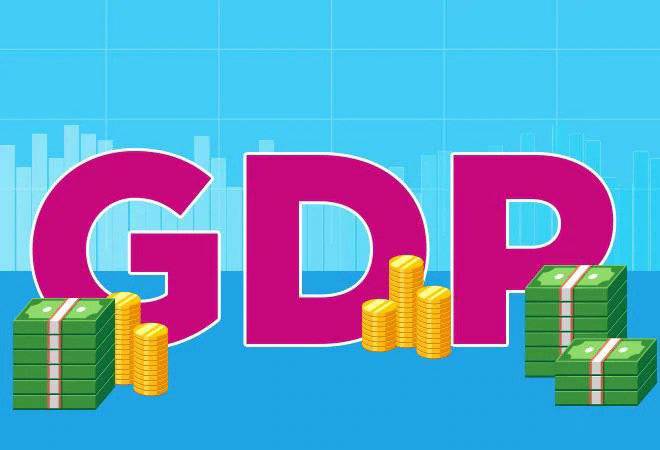New Delhi: India is among the countries having the lowest public healthcare budget in the world, with the public healthcare system in the country merely getting 1.26% of the total GDP.
Compare this with countries like the United Kingdom, Netherlands, New Zealand, Finland and Australia where all these countries spend over 9% of their total GDP in public healthcare system, while countries like the United States spends over 16% of their GDP in public healthcare, and Japan, Canada, France, Germany and Switzerland spend about 10% of their total GDP on public healthcare.
Even some of the developing countries of the world have more contribution towards the public healthcare system with regards to their GDP compared to India. For example, Brazil has a total budget of over 8% of its total GDP towards public healthcare expenditure. Even neighbouring countries like Bangladesh and Pakistan have over 3% of their GDP going towards public healthcare system.
The National Health Policy of 2017 recommends government expenditure on health to be increased to 2.5% of GDP by 2025, but that seems to be a distant dream still, since to reach the set target limit, the country needs to increase its health budget by 0.35% each year from now on. On the contrary, between 2015-16 to 2020-21 there has just been a mere increase of 0.02% in the health budget in India.
The National Policy also recommended that expenditure on health by states should be increased to 8% or more of their budget by 2020, but looking at the budget of different states in 2020-21, none of the larger states have allocated 8% of their budget towards health. On an average, the state governments in India have just allocated 5.4% of their total budget towards public health care system.
States like Andhra Pradesh, Jharkhand, Maharashtra, Karnataka, Haryana, Bihar and Punjab has less allocated less than 5% of their total budget towards public healthcare between 2015-2021 financial year.
Even in the Healthcare Access and Quality Index released by the medical journal Lancet in 2018, India ranked 145th out of the 195 countries in terms of quality and accessibility to healthcare, much lower than countries like China (48), Sri Lanka (71) and Bangladesh (133).
A high-level group on the health sector was constituted by the 15th Finance Commission in 2019 and headed by AIIMS Director Dr Randeep Guleria.
The committee also noted that: “To meet the ambitious targets of improvement in health services, there is a need for larger allocation of funds for the health sector in general. Not only is this a necessity because good health as a key enabler to a happy life is a goal in itself.”
Srinath Reddy, President of the Public Health Foundation of India and who was also a member of the high-level group on the health sector constituted in 2019, told The Sunday Guardian: “The foremost lesson that this Covid-19 pandemic teaches us is that a healthcare system that is insufficiently resourced and suboptimal in performance cannot create a strong and swift response when challenged by a public health emergency. Even if it mobilises resources on a war-footing, there is an opportunity cost to pay in terms of many other health services suffering neglect. And an efficient and equitable health system cannot be developed without adequate public financing. The commitment to deliver universal health coverage by 2030 is based on fulfilling the promise of raising public funding on health to at least 2.5% of the GDP from the present 1.2% by 2025 as promised by the government, or even earlier as urged by public health experts. About 70% of this has to be allocated to primary healthcare.”
India’s per capita expenditure on public health has also been low for several years. According to the National Health Profile 2019, India’s per capita public expenditure on health in nominal terms is Rs 1,657 (2018-19), which is much lower than countries like Sri Lanka where it is three times more and Indonesia where it is twice more than India.
The country has also been battling with shortages of doctors, trained nurses and paramedics for years now. As on February this year, India’s doctor-to-population ratio stands at 1:1,404, while the WHO recommends the doctor-to-population ratio to be 1:1000.
For people in the rural India who are completely dependent on government healthcare facilities, the doctor to patient ratio is abysmally low with 1:10,926 doctors, as per the National Health Profile 2019.
“India has severe shortages of the health workforce, across several categories from specialist and basic doctors to nurses and allied health professionals. In 2016, WHO recommended that a country must have 44.5 health workers per 10,000 population to meet the Sustainable Development Goals and deliver Universal Health Coverage (UHC). Currently, we have half that number. Even those available are severely mal-distributed, between states and across the urban-rural divide. I think technology-enabled community health workers, nurses and other frontline care providers can perform many functions in primary care, liberating us from an entirely doctor-dependant model. However, more doctors will be needed, including those trained in family medicine,” Reddy told this newspaper.

